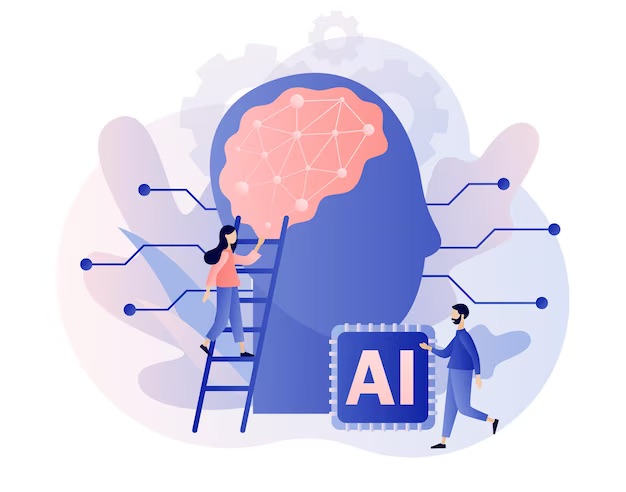Data is the new gold
Artificial Intelligence, Machine Learning & Deep Learning, in Life Below Water.
Life Below Water
Our domain of interest is Life Below Water, the Sustainable Development Goal 14 (SDG14) of the United Nations.
Conserve and sustainably use the oceans, seas, and marine resources for sustainable development. Healthy oceans and seas are essential to our existence. They cover 70 percent of our planet, and we rely on them for food, energy, and water. Yet, we have managed to do tremendous damage to these precious resources.
We must protect them by eliminating pollution and overfishing and immediately start to responsibly manage and protect all marine life around
the world.

MatureDevelopment focuses on target 14.7 and target 14.8
Target 14.7
INCREASE THE ECONOMIC BENEFITS FROM SUSTAINABLE USE OF MARINE RESOURCES
By 2030, increase the economic benefits to small island developing States and least developed countries from the sustainable use of marine resources, including through sustainable management of fisheries, aquaculture, and tourism.
Target 14.8
INCREASE SCIENTIFIC KNOWLEDGE, RESEARCH AND TECHNOLOGY FOR OCEAN HEALTH
Increase scientific knowledge, develop research capacity, and transfer marine technology, taking into account the Intergovernmental Oceanographic Commission Criteria and Guidelines on the Transfer of Marine Technology, in order to improve ocean health and to enhance the contribution of marine biodiversity to the development of developing countries, in particular, small island developing States and least developed countries.
Artificial Intelligence in Life Below Water
Artificial intelligence (AI) refers to the ability of a computer system to perform tasks that require human intelligence, like learning, understanding, reasoning, problem-solving, and understanding graphs and pictures. AI aims to create systems that operate autonomously, learn, get more precise, and make decisions in a way similar to human intelligence.
Machine learning is a subset of AI. We humans learn through experience. In machine learning, computer systems train themselves from large amounts of data. They analyze that data, look for patterns, and make their own decisions or predictions based on that. All this with step-by-step minimal human intervention. And we humans are already using machine learning without even realizing it. Is your telephone listening and asking questions, providing answers? Is your Apple Watch with SIRI interfering in a conversation, even telling you what you said isn't correct? Is the spam also automatically filtered out of your emails? Right, it’s done through machine learning.
Deep learning is a form of machine learning that uses deep neural networks. These networks can trace very complex patterns in large datasets. Compare it to the neural structures of the human brain. Deep learning is particularly effective for tasks that involve large amounts of complex data, for instance, image classification, image generation, facial recognition, speech recognition, and others. Recently, it has become popular to generate images with AI and use different chatbots that answer your questions. Those cases are practical applications of deep learning.



